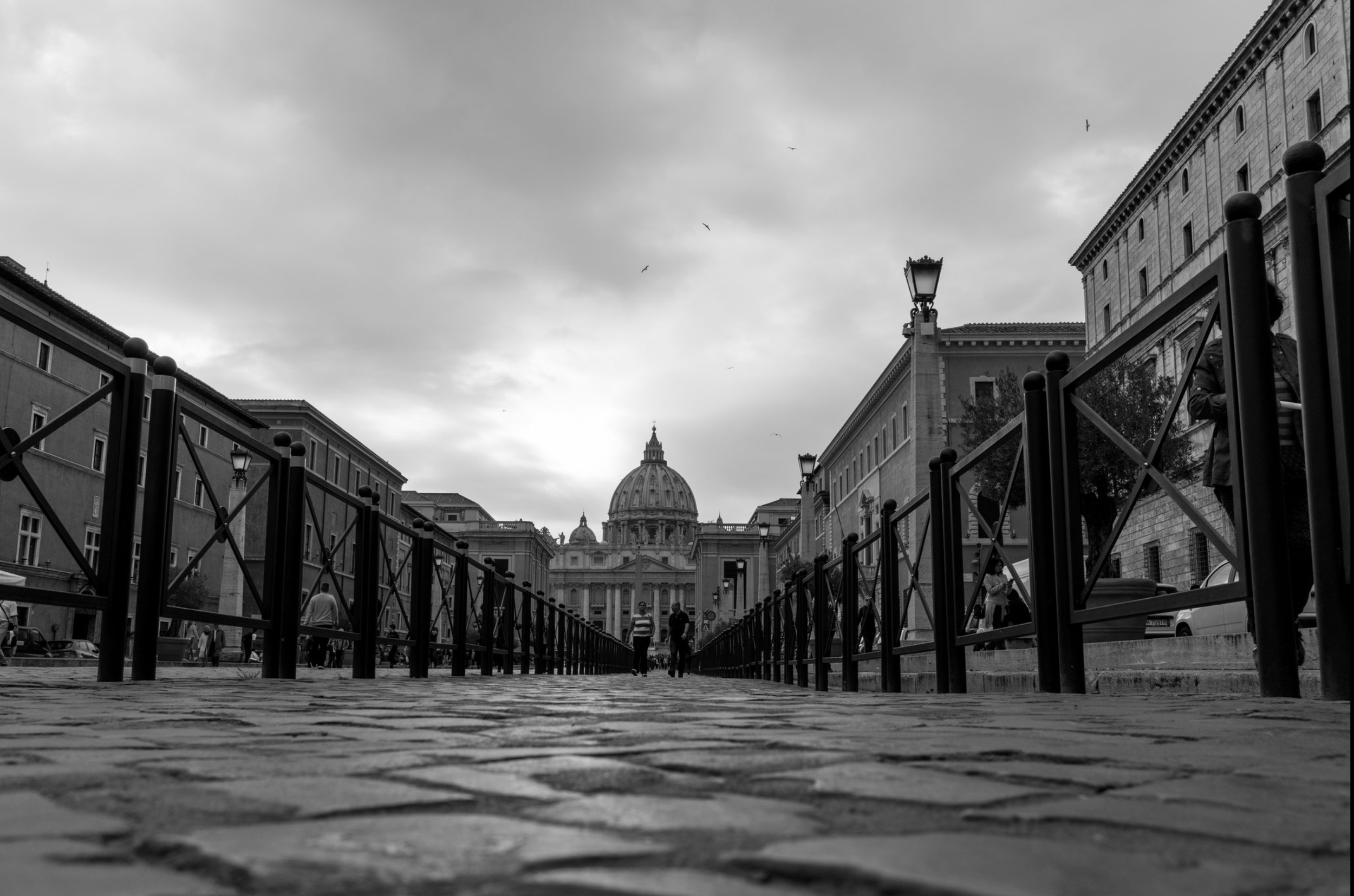
Research Interests
My research sits at the intersection of Roman domestic space and computational archaeology. Leveraging an interdisciplinary approach and combining ancient texts and contexts, I use state-of-the-art digital tools to analyse questions surrounding ancient Roman décor, domestic architecture's spatial evolution, and the social function of the ancient house.
Education
Dual PhD, University of Oxford, Classical Archaeology; Funding: Private Fellowship for Research in Computational Archaeology; (2) Indiana University at Bloomington, Informatics; Funding: National Science Foundation
Topic: Roman Housing; Informatics
summa cum laude
Dual MA, Indiana University at Bloomington, Art History; Funding: National Science Foundation; (2) Informatics
Topic: Roman Housing; Informatics
summa cum laude
Dual-Major BA, University of Texas at Austin, Department of Classics; Funding: Scholarship
Topic: Ancient History and Classical Civilisation
manga cum laude
Research Experience:
Doctoral Research Fellow in Computational Archaeology
Answer four primary research questions
What was it like to live in ancient Rome?
What is the impact of historical excavation data on current research in Roman housing?
How have narratives from early interpretations influenced contemporary interpretations of two case study sites in Rome and Pompeii?
How can computational approaches be thoughtfully leveraged to further our understanding of ancient Roman domestic space?
Relate the research to a broad audience via multiple publication and public engagement outputs
Articles in preparation in relevant journals for 'Computational Archaeology', 'Roman Archaeology'
Public engagement events planned for Spring and Fall to present the results of the Dual-PhD
Lead digital projects and create new ways to visualise and search large datasets for the Roman house
Apply computer vision techniques to interrogate Mau's 'four styles' of Roman wall painting
Lead a team of undergraduate researchers in designing two 'digital exhibits in augmented reality'
3D model of two Roman houses, reconsidering the decorative ensemble and modification history
Experiment with a new analysis tool for historical excavation data ('ArchAI')
Conduct fieldwork in Rome, Pompeii, and Ostia
Coordinate with local organisations to acquire needed project resources and access permits
Liaise and report on project status to the Superintendence and the Vatican
Conduct an oral history of the case study sites with experts in the field and local site staff
Encourage critical and interdisciplinary dialogue in the field
Present at over twenty international conferences and organised ten research seminars
Create a cross-disciplinary dialogue on the thesis between multiple departments at the University
Forge international collaborations with research partners in the United States, UK, and Italy, including CUDAN, CNR, local superintendence organisations, and cultural heritage institutions
As an interim lab director at IU, build an interdisciplinary culture and mentor student research
Highlighted research publications:
(Article, pre-print): Excavating the Archives: Reconsidering the Roman Houses on the Caelian Hill in Rome (invited for publication to Brill via OUBS following the dual-PHD).
(Database Entry). Case Romane Del Celio, Rome. (Cult of Saints in Late Antiquity Online)
(Article): Designing a Nature-Based Augmented Reality Application (Natural England White Paper).
(Thesis, Part 1): Computationally Modelling Roman Domestic Space (submitted, available online)
(Article, pre-print): POESIS: Considering the "Human-in-the-Loop" in Collaborative Development Projects (awaiting collaborator feedback; intended for publication in PLOS ONE, following the dual-PhD)
(Article): Applications of Photogrammetric Modelling to Roman Wall Painting: A Case Study in the House of Marcus Lucretius (MDPI, 2019).
(Article, co-author): Augmented Reality Prototyping for Interaction Design Students (Proceedings for the Conference on Human Factors in Computing Systems, 2017)
Highlighted research awards (over £450,000 raised, including the PhD fellowship)
Early Career Research Award (£45,000)
Intended output: draft of the resulting thesis article (JRA) and PhD monograph (BAR)
Award for ‘Pre-Doctoral Fields of the Future’, Bard Graduate Centre
Output: development of an oral history on computational approaches; preparing for publication
Rob Kling Award for Research in Informatics (£6,000)
Output: oral history of remote fieldwork during COVID-19, presented results at CAA
Small Grants-in-Aid of Research from the VWHL (£25,000), Merton College (£2,500); Craven Committee (£2,500); Office of the Vice Provost (£4,500)
Output: 3D models, related illustrations, 'ArchAI', surveys in Rome, Pompeii, and Ostia
Highlighted research presentations:
'Digital Exhibits in X-Reality'. Archaeological Institute of America (New Orleans, conference award)
'An Ethnography of Remote Archaeological Fieldwork During COVID-19'. Computer Applications in Archaeology (Oxford, conference award)
'Computationally Modelling a House in Pompeii. Swedish Institute of Classical Studies (Rome)
'Automatically Reconstructing Missing Architecture and Décor for Houses in Pompeii'. National Science Foundation Conference (Washington, DC, conference award)
'Digital Exhibits in Augmented Reality'. College Art Association (New York, conference award)
Relevant training and research skills:
Certifications: Advanced Tutorial Teaching and Learning, Oxford Centre for Teaching and Learning
Fieldwork: Sanisera, Gournia, Digital Uffizi Museum Project, Oplontis: Villa A, Case Romane in Rome
Languages: Ancient: Latin (expert); Greek (expert); Modern: Italian (competent, with 15 months residence); French (reading); German (reading)
Methods: ethnography, sociological analysis, complex systems modelling, 3D modelling, augmented reality exhibit design, historiographical analysis, archival analysis, archaeological analysis
Software: Python, C+, Unity3D, Microsoft HoloLens, Metashape, ZBrush, ArcGIS, NVivo